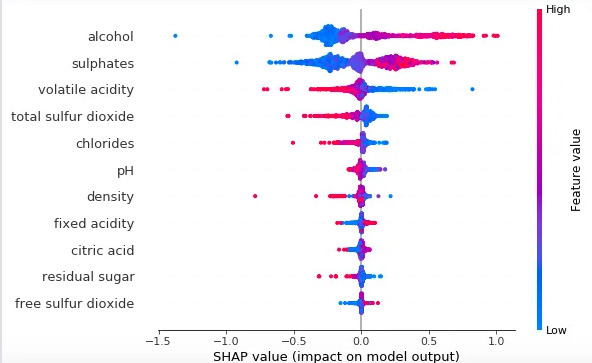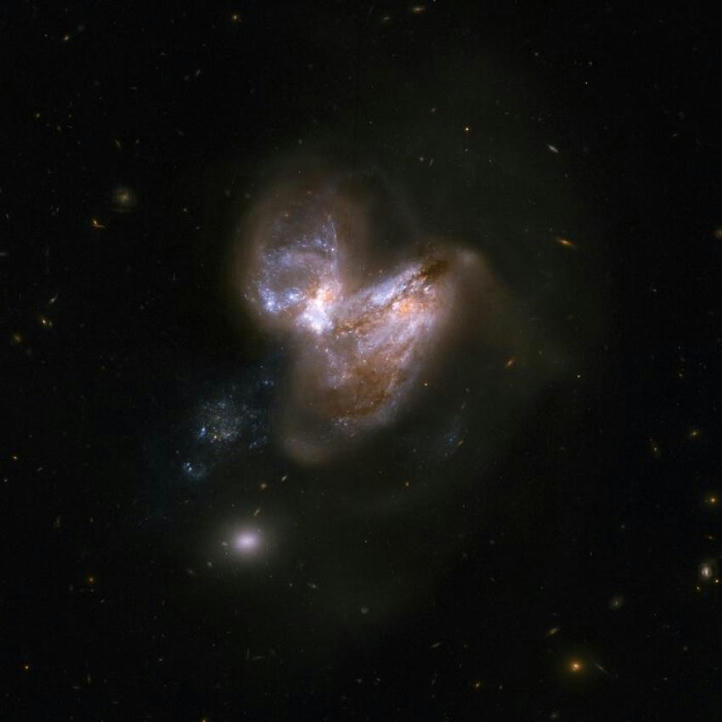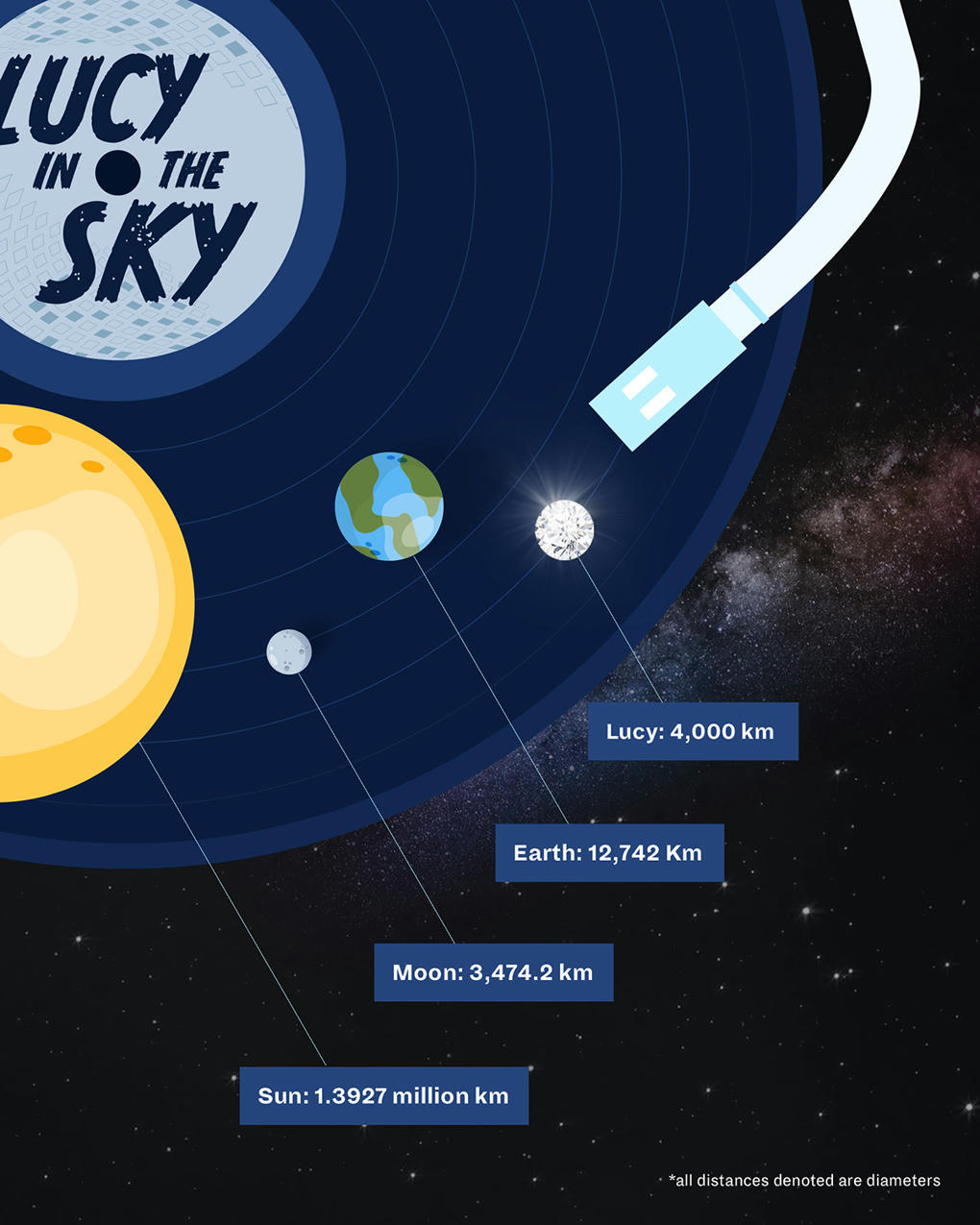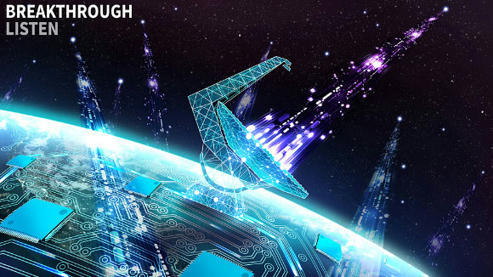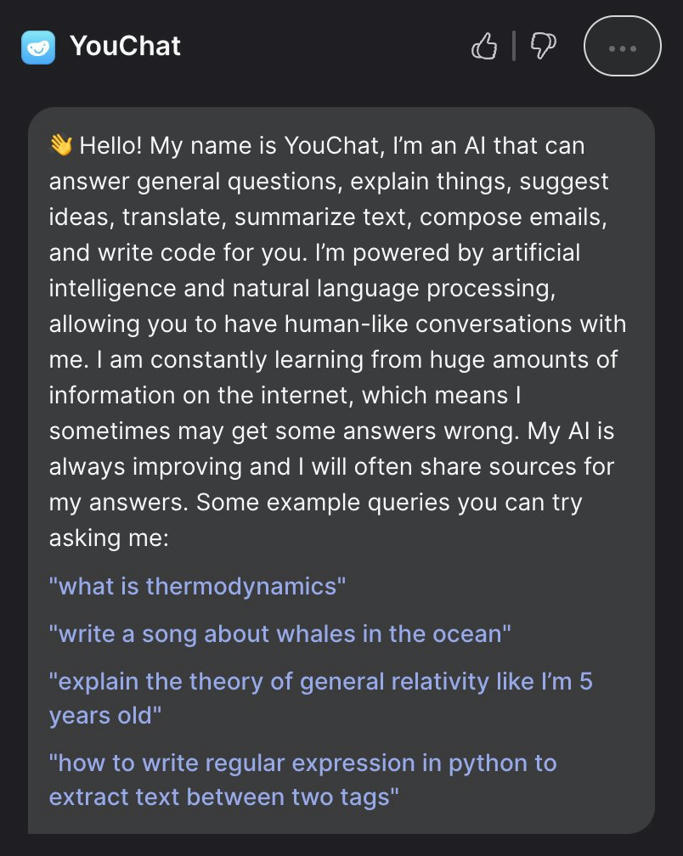
Fast Company’s 2023 ranking of the World’s Most Innovative Companies features OpenAI at No.1, and covers 54 industries, from advertising, beauty, and retail to enterprise technology, design, and social impact.
Most Innovative Companies 2023, Fast Company’s definitive chronicle of the novel ideas transforming business and society, was 100% produced by people.
We may have asked ChatGPT—the AI chatbot created by our No. 1 company, OpenAI—about certain companies, but only because we wanted to see how it would reply. A very human impulse! OpenAI is just one example of how advances in artificial intelligence are reimagining corporate America, from drug discovery (DeepMind) to office work (Canva) to security (Robust Intelligence). But our ranking of the World’s 50 Most Innovative Companies—and the 54 lists that chronicle the 10 most innovative organizations in sectors from advertising to the workplace—showcase inspiring, insightful stories well beyond the current hot thing.
Healthcare is being made more equitable—for transgender individuals (Folx Health), women (Maven Clinic), children (Hazel Health), and lower-income patients (Cityblock Health)—by companies that are tailoring their offerings to communities that have traditionally been poorly served.
Iconic brands are changing how they communicate with fans, giving more power to creators and connecting with the culture (McDonald’s, Tiffany & Co.), while the entire world of restaurants and consumer packaged goods is being remade with content at its core (MrBeast).
On Earth, the soil is being fortified (Regrow Ag), the victims of climate disasters can now get a mobile grid to weather the disruption (Sesame Solar), and one of the world’s most influential brands, Patagonia, has made the planet its sole shareholder (Holdfast Collective).
Meanwhile, in space, public and private entities alike (NASA, Axiom Space) are advancing what’s possible in orbit.
Finally, there’s the art collective (Mschf) commenting on consumer and business culture with a knowing wink.
We hope you find these winners as inspiring as we did while selecting them.
Read the full article at: www.fastcompany.com
